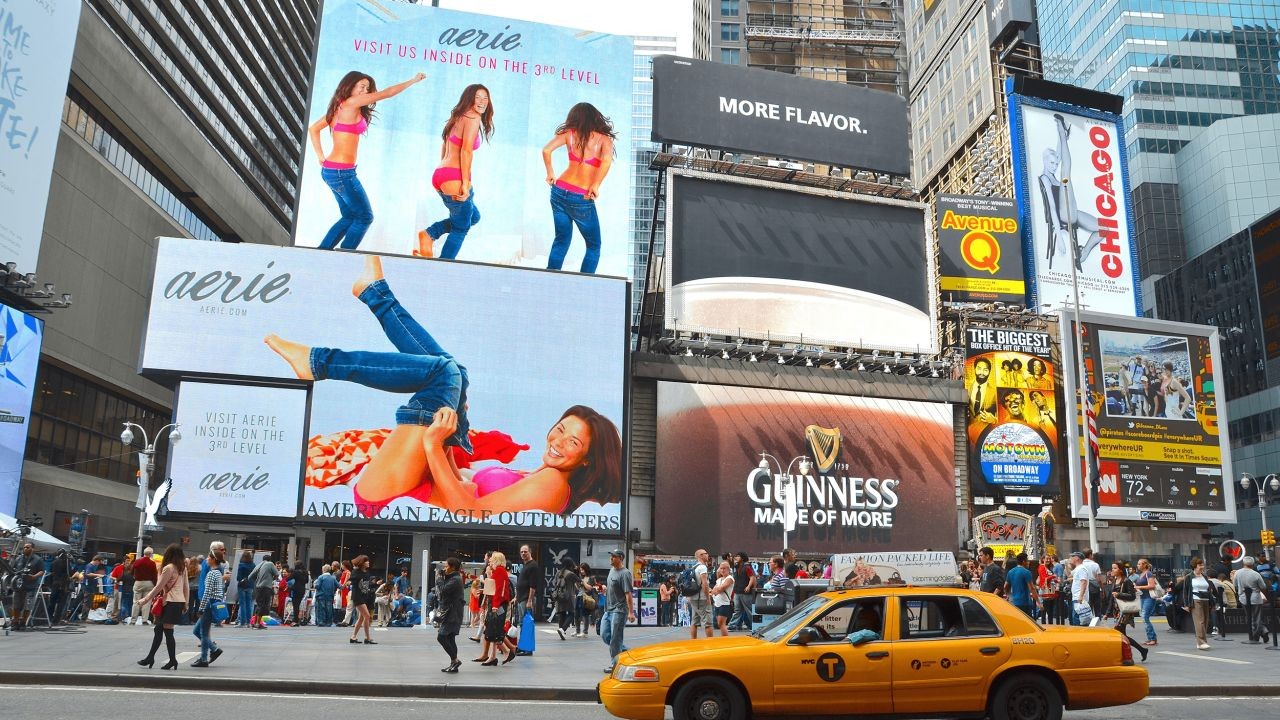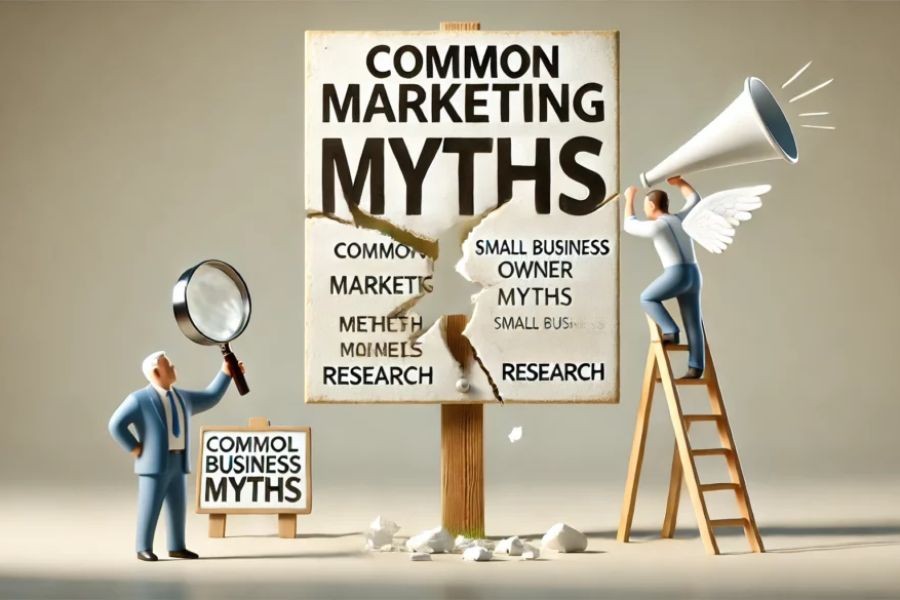As Australia’s urban landscape evolves rapidly, its fastest-growing cities are grappling with a myriad of infrastructure challenges. The influx of population in metropolitan areas like Sydney, Melbourne, and Brisbane has prompted a need for robust infrastructure solutions that cater to the growing demands. This article delves into how these cities are handling these challenges, backed by data and insights relevant to the Australian context.
Understanding the Infrastructure Dilemma in Australia
Australia's urban population is projected to grow significantly, with cities like Melbourne expected to reach a population of 6 million by 2031. According to the Australian Bureau of Statistics, this growth is creating unprecedented pressure on existing infrastructure. The challenges are multifaceted, including transportation congestion, housing shortages, and energy demands.
Case Study: Sydney's Public Transport Overhaul
To combat transport congestion, Sydney has embarked on an ambitious public transport overhaul. The introduction of the Sydney Metro, Australia's largest public transport project, aims to address the city's growing commuter demands.
Problem: Sydney's public transport system was struggling to accommodate the increasing population, resulting in overcrowding and delays.
Action: The government invested over AUD 20 billion into the Sydney Metro project, which includes a network of new trains, stations, and technology upgrades.
Result: Since its inception, commuter capacity has increased by 35%, with reduced travel times and improved service reliability. This has not only eased congestion but also increased public satisfaction and economic productivity.
Takeaway: Effective public transport systems are crucial for urban growth. Other Australian cities can draw lessons from Sydney to enhance their infrastructure resilience.
Regulatory Insights and Economic Impacts
The Australian Competition & Consumer Commission (ACCC) plays a pivotal role in ensuring fair competition and consumer protection, particularly in infrastructure projects. With the rise of public-private partnerships (PPPs), regulatory frameworks need to adapt to ensure transparency and fairness.
Moreover, the economic implications of infrastructure investments are profound. According to the Reserve Bank of Australia, every dollar invested in infrastructure generates an economic return of AUD 4.00. This not only boosts GDP but also creates jobs and enhances the quality of life.
Pros and Cons of Current Infrastructure Strategies
- Pros:
- Increased economic productivity and job creation.
- Enhanced urban mobility and reduced congestion.
- Improved quality of life for residents.
- Cons:
- High initial costs and long implementation timelines.
- Potential for environmental impact and community disruption.
- Regulatory challenges and potential for budget overruns.
Myths and Misconceptions in Urban Infrastructure
Myth: "Infrastructure projects always exceed budgets."
Reality: While some projects face budget issues, effective project management and PPPs have improved cost efficiency significantly, as seen in the Sydney Metro project.
Myth: "All urban development harms the environment."
Reality: Sustainable development practices and green infrastructure can mitigate environmental impacts, promoting eco-friendly urban growth.
Future Trends and Predictions in Australian Urban Infrastructure
With advancements in technology, smart city initiatives are poised to transform urban infrastructure in Australia. The integration of IoT devices and data analytics will enhance city management, from traffic control to energy conservation. By 2028, it's predicted that 50% of Australian cities will implement smart city technologies, leading to more efficient and sustainable urban environments.
Final Takeaways
- Infrastructure investments are crucial for supporting Australia's urban growth and economic development.
- Regulatory frameworks need to evolve to support innovative funding models like PPPs.
- Sustainable development practices can promote eco-friendly urban growth.
- Smart city technologies will play a significant role in future infrastructure planning and management.
As Australia continues to urbanize, addressing infrastructure challenges with innovative solutions and regulatory support will be key to ensuring sustainable and resilient cities. What strategies do you believe will be most effective in your city? Share your thoughts below!
People Also Ask
How does urban growth impact Australia's infrastructure? With cities like Melbourne and Sydney rapidly expanding, infrastructure systems face increased pressure, necessitating significant investments in transportation, housing, and energy systems.
What are the biggest misconceptions about urban development? One common myth is that all urban development harms the environment. However, sustainable practices can mitigate negative impacts, supporting eco-friendly growth.
What upcoming changes in Australia could affect urban infrastructure? By 2026, advancements in smart city technologies and regulatory frameworks are expected to significantly influence infrastructure development, promoting more efficient urban management.
Related Search Queries
- Australia infrastructure challenges
- Smart city initiatives in Australia
- Sydney Metro project impact
- Public-private partnerships in urban development
- Sustainable urban growth strategies
- Australia urban population growth
- Infrastructure investment economic impact
- Green infrastructure benefits
- Challenges in urban planning Australia
- Future of Australian cities
































Stoni Canada
8 days ago